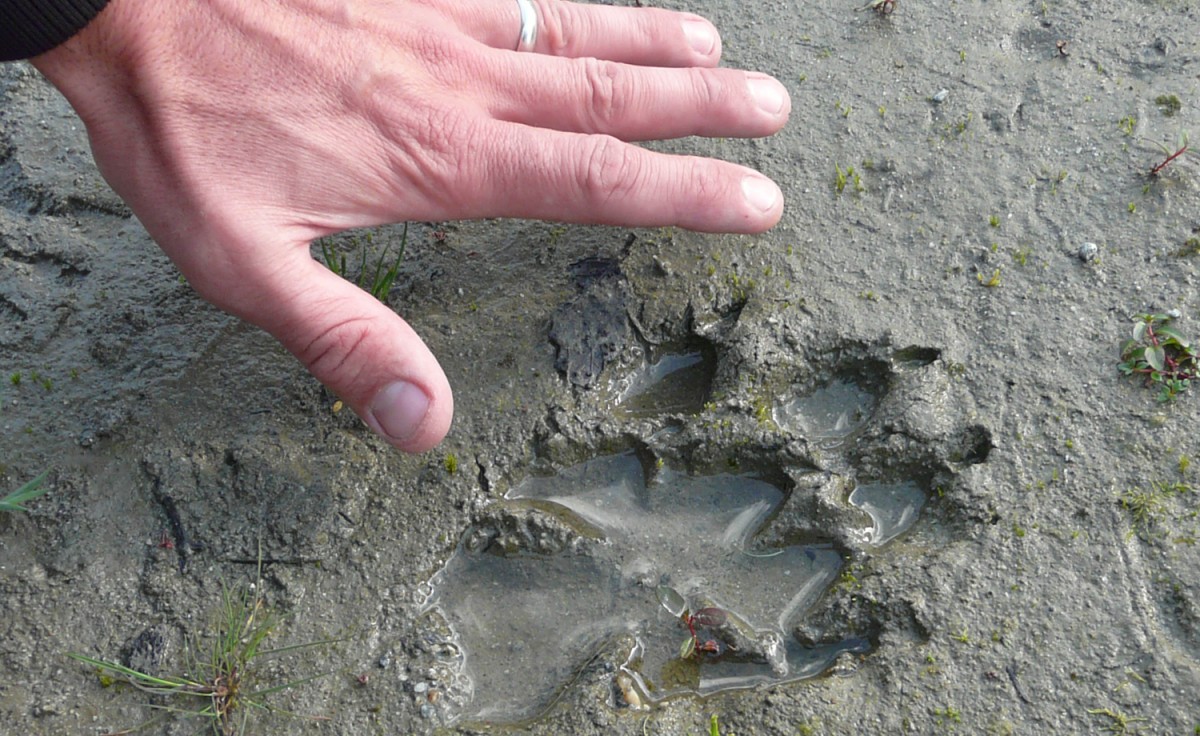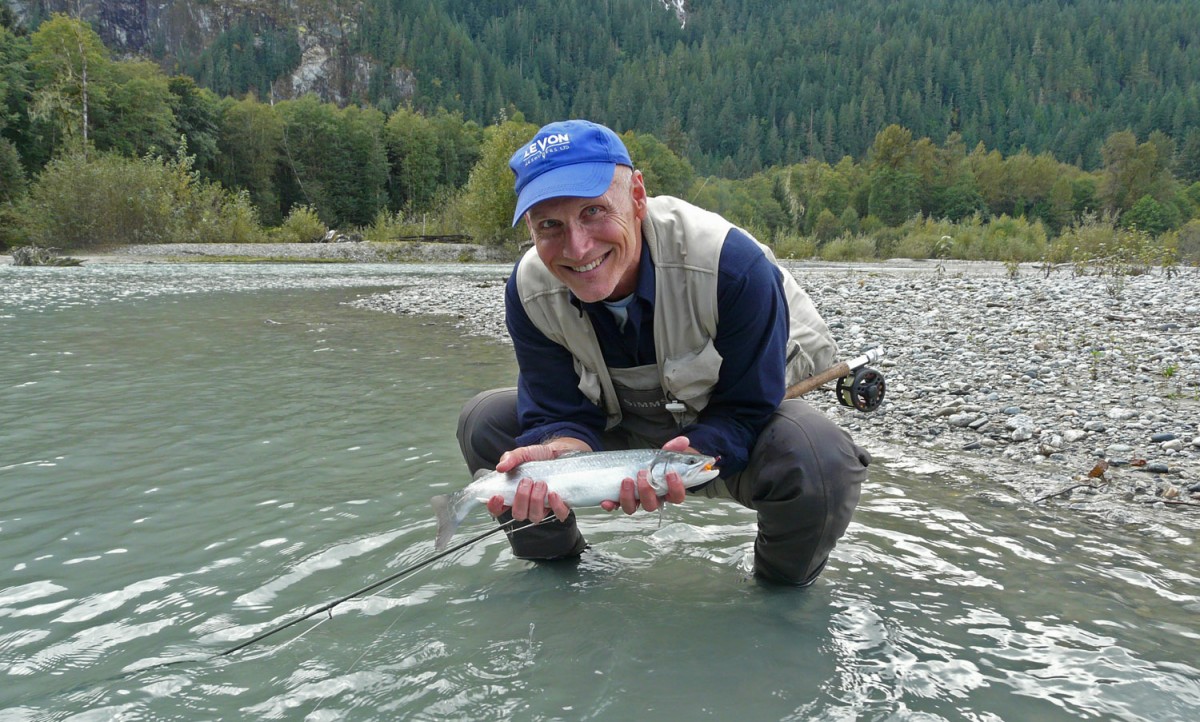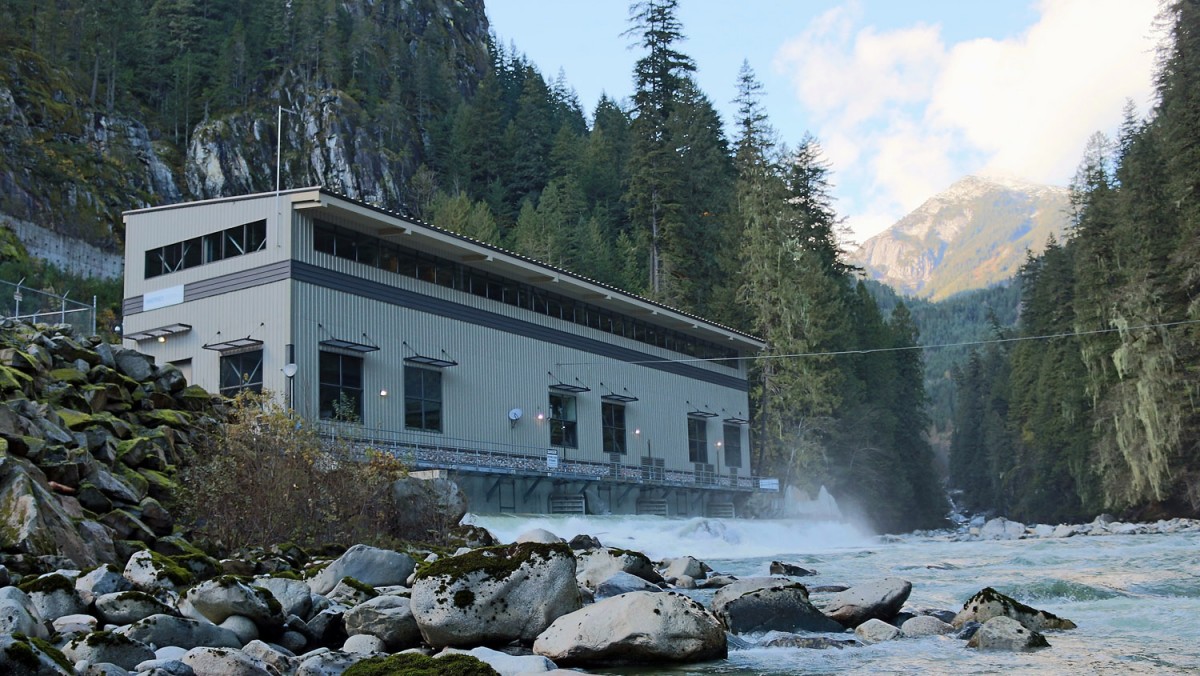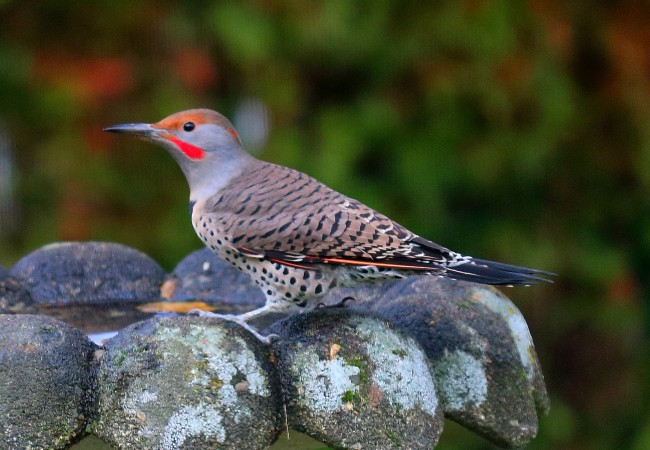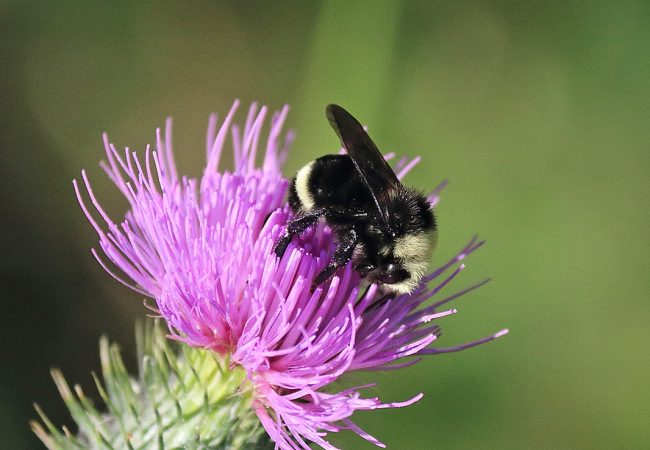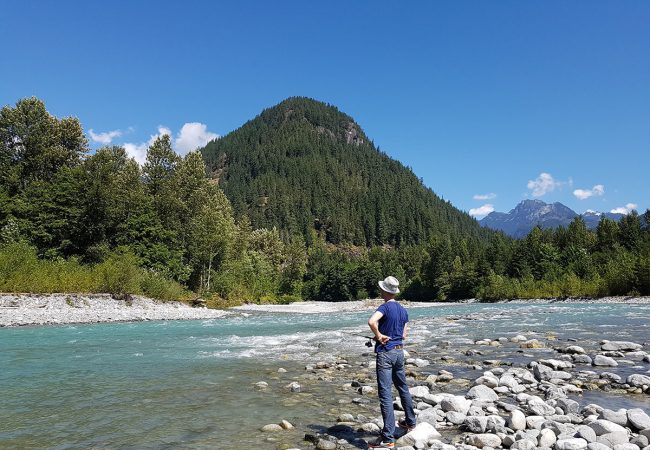Perhaps because we see them regularly, it's easy to take…
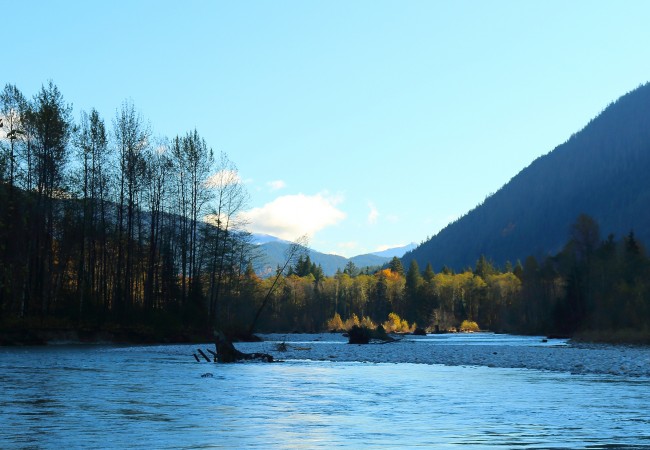
A Peek at Ashlu Creek
Ashlu Creek (also known as Ashlu River) is a little gem that flows into the Squamish River north of Vancouver. Good numbers of coho, chum and chinook salmon spawn here, along with steelhead. The stream also supports resident rainbow, bull and cutthroat trout.
A day on Ashlu Creek, no matter what the fishing is like, is a day spent amongst stunning scenery and plentiful wildlife including black bear, deer, elk, cougars and wolves. Hard to believe it’s so close to Vancouver. There is no road along the lower Ashlu between the main bridge and the river mouth where it empties in to the Squamish. Trails are rough here, and river access changes with seasons and water levels. Hike and wade carefully, as you’re in wild, remote country.
We’ve spent many happy days on the creek, fishing with guides and on our own. Fly fishing is challenging at the best of times. A key factor is river flow, and holding spots change literally overnight. While the salmon and steelhead runs are seasonal, trout can be taken year-round–although the water gets too low for much success in late winter.
Both rainbows and bull trout will take drifted nymphs and egg patterns (best fished with a strike indicator due to the fast water) and streamers. For the bull trout, big, flashy streamers are best, weighted and worked deep, and they can be fished aggressively without too much attention to a drag-free drift.
The bull trout get big in Ashlu Creek, up to five pounds, and all must be released unharmed. See our guide to better catch and release, as it’s easy to injure or overstress fish when playing and landing.
In 2009, Innergex Resources built a run-of-river power plant just up from the main bridge. This facility has generated both power and controversy. While the company constructed over 50,000 square metres of ponds and channels of new fish habitat to help compensate for habitat lost or damaged, a mysterious fish kill occurred in 2010 at the facility. Innergex is required to maintain a 2.42 m³/s flow rate year round to protect fish and habitat, and it monitors this flow carefully. For more information, here’s the page on the Innergex website.
Here’s an excellent story by Canada’s World Wildlife Federation regarding Innergex and its impact on Ashlu Creek’s stream flows and fish stocks.

